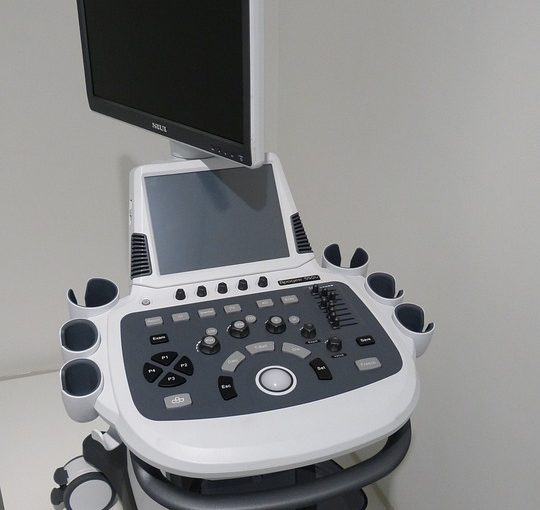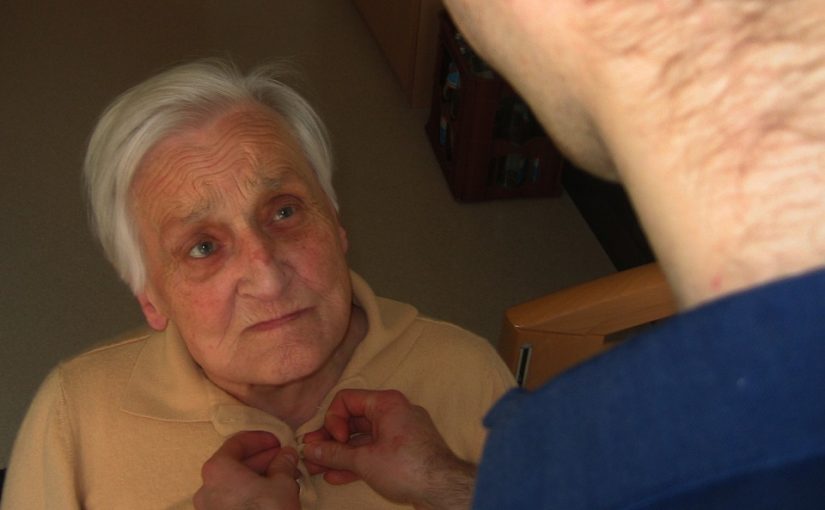Finding the right healthcare providers can be a complicated task. When it comes to global healthcare recruitment, it becomes even more complex. It takes a lot of effort to attract and retain the best healthcare talent from around the world. But with the right strategies and approaches, it is possible to succeed.
Firstly, it is essential to understand why global healthcare recruitment is necessary. Healthcare is a universal need, and there is a shortage of healthcare professionals in many parts of the world. This is due to various reasons – from an aging population in developed countries, to a lack of proper medical education and facilities in developing countries.
To address this issue, many countries are recruiting healthcare professionals from abroad. This is where global healthcare recruitment comes in. It involves identifying, attracting, and retaining healthcare professionals from different parts of the world to work in other countries.
One of the main challenges with global healthcare recruitment is the shortage of healthcare professionals in certain areas of the world. It can be challenging to convince healthcare professionals to leave their homes and move abroad for work. This is where recruitment agencies can help. These agencies can help match healthcare professionals with job opportunities in other countries.
Another challenge with global healthcare recruitment is the differences in healthcare systems. Different countries have different healthcare systems, and healthcare professionals will need to have the necessary skills and qualifications to work in a different system. Recruiters need to ensure that healthcare professionals are adequately trained and prepared for the job.
Recruitment agencies also need to understand the cultural differences in different countries. Cultural integration is essential when hiring healthcare professionals from different parts of the world. It is one thing to understand the healthcare system of a country, but it is entirely different to understand the cultural norms and values of a country.
One approach to addressing these challenges is to develop a comprehensive recruitment strategy. This strategy should include identifying the countries with a surplus of healthcare professionals, and the countries with a shortage of healthcare professionals. Recruiters should also identify the healthcare disciplines needed, such as primary care, nursing, or surgery.
The strategy should also include an assessment of the healthcare system, job market, and cultural aspects of the countries in question. This will help recruiters tailor their approach and identify possible barriers to recruitment.
Once the recruitment strategy is in place, recruiters can begin to reach out to potential candidates. This can be done through online job postings, networking events, and partnerships with healthcare organizations in different countries.
Recruiters should also invest time in developing relationships with healthcare organizations in other countries. This will help build trust and establish a reputation as a reputable recruiter. Many healthcare professionals are more likely to consider an opportunity if it comes recommended by a trusted source.
Another approach to global healthcare recruitment is to focus on training and education. By investing in education and training programs, recruiters can help healthcare professionals develop the skills and knowledge needed to work in different healthcare systems. This can help overcome some of the challenges associated with cultural differences and differences in healthcare systems.
Global healthcare recruitment is crucial to addressing the shortage of healthcare professionals in many parts of the world. It is a complex process that requires a comprehensive recruitment strategy, an understanding of different healthcare systems and cultures, and partnerships with healthcare organizations in different countries. Despite the challenges, with the right approach, it is possible to attract and retain the best healthcare talent from around the world.









